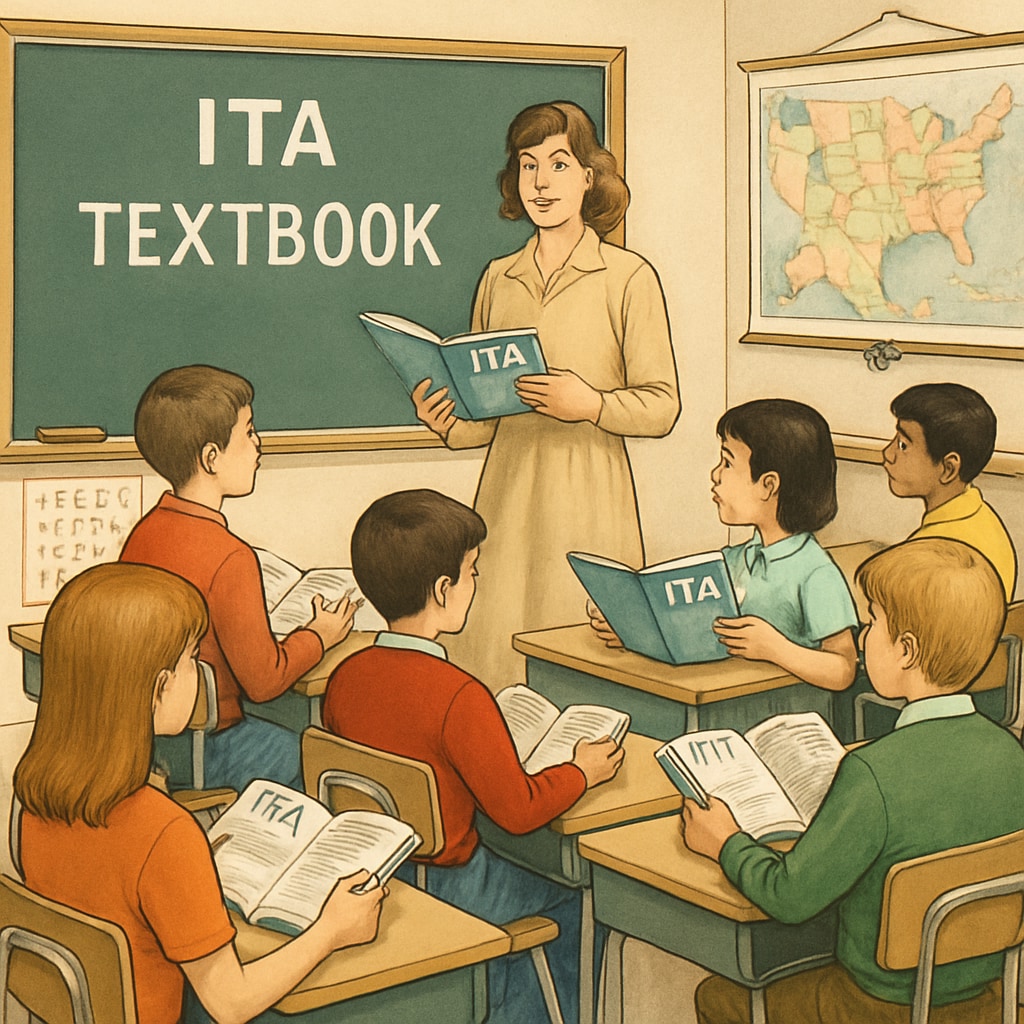The Initial Teaching Alphabet (ITA) was an innovative educational method introduced in the 1960s and 70s to simplify the process of learning to read. Designed to make English phonetics more accessible, the method gained popularity for its ability to help young learners recognize words quickly. However, this approach also raised significant questions about its long-term effects on spelling abilities. By focusing on phonetic simplicity, ITA inadvertently created challenges for learners transitioning to standard English spelling, leaving a legacy of mixed results in literacy education.
Understanding the Initial Teaching Alphabet (ITA)
The ITA was developed by Sir James Pitman as an alternative to traditional English orthography. It featured 44 characters, each representing a distinct phoneme in the English language. Unlike standard English, which often includes irregular spellings and silent letters, ITA used a one-to-one correspondence between sounds and symbols. This approach aimed to remove the initial confusion faced by early readers, allowing them to decode words more intuitively.
For example, the word “through” in ITA was spelled as “thru,” and “phonics” became “foniks.” By eliminating irregularities, ITA allowed children to read fluently at a much earlier stage. However, the method was not without its drawbacks. When students transitioned from ITA to standard English, many struggled to reconcile the phonetic simplicity of ITA with the complexities of traditional spelling.

The Long-Term Impacts of ITA on Spelling Skills
While ITA had its advantages, its long-term effects on spelling skills remain a topic of debate. Studies conducted in the years following its implementation revealed that many students accustomed to ITA found it difficult to adapt to standard English orthography. This difficulty often resulted in persistent spelling errors, even after years of education.
The key issues were:
- Over-reliance on phonetics: Students trained in ITA were conditioned to rely solely on phonetic cues, which proved problematic when faced with irregular English spellings.
- Memory retention challenges: The transition to standard English often required learners to “unlearn” ITA conventions, which disrupted their ability to retain correct spellings.
- Inconsistent exposure: Many schools discontinued ITA before students fully transitioned to standard spelling, leaving gaps in their literacy development.
As a result, while ITA succeeded in accelerating early reading progress, its long-term impact on spelling abilities was less favorable. In some cases, learners exhibited persistent spelling difficulties well into adulthood, a phenomenon that education researchers have linked back to their foundational ITA training.

Lessons Learned from ITA and Modern Educational Practices
The ITA experiment provides valuable insights into the complexities of literacy education. While it demonstrated the potential benefits of phonetic-based learning, it also highlighted the importance of aligning early education methods with long-term literacy goals. Modern teaching approaches have since evolved, incorporating a balanced focus on phonics, spelling rules, and exposure to irregular words.
For example, many educators now emphasize a “blended” approach, combining phonetic instruction with contextual learning. This method helps students develop foundational literacy skills while gradually introducing them to the complexities of standard English. Additionally, advancements in educational technology have made it easier to provide personalized learning experiences, addressing individual challenges that students may face during the transition from phonetics to standard spelling.
Readability guidance: The history of ITA serves as a cautionary tale for educational innovators, reminding us that early learning methods must consider their long-term impact on learners’ skills. By balancing simplicity with complexity, educators can create methods that benefit students throughout their academic journeys.


